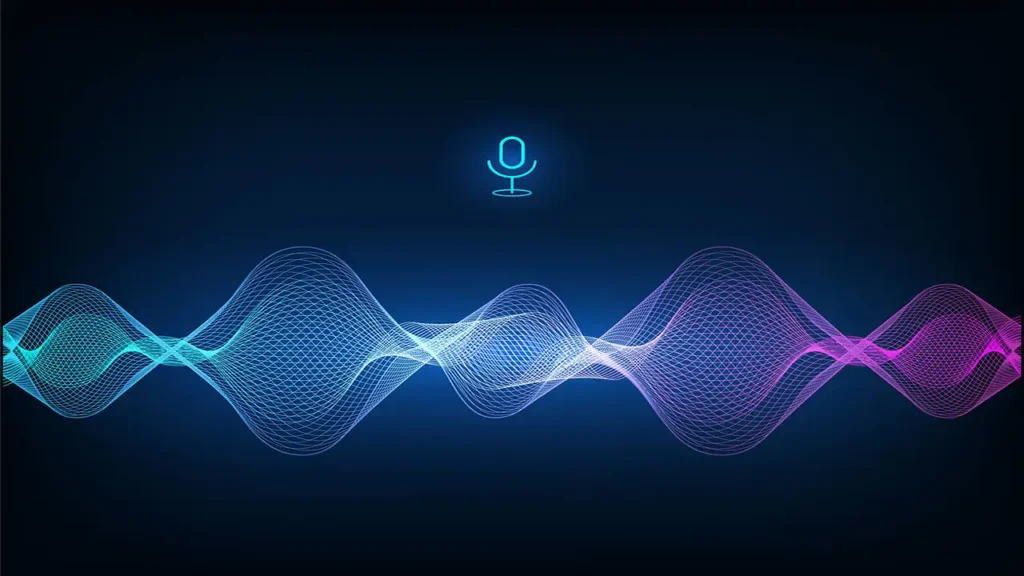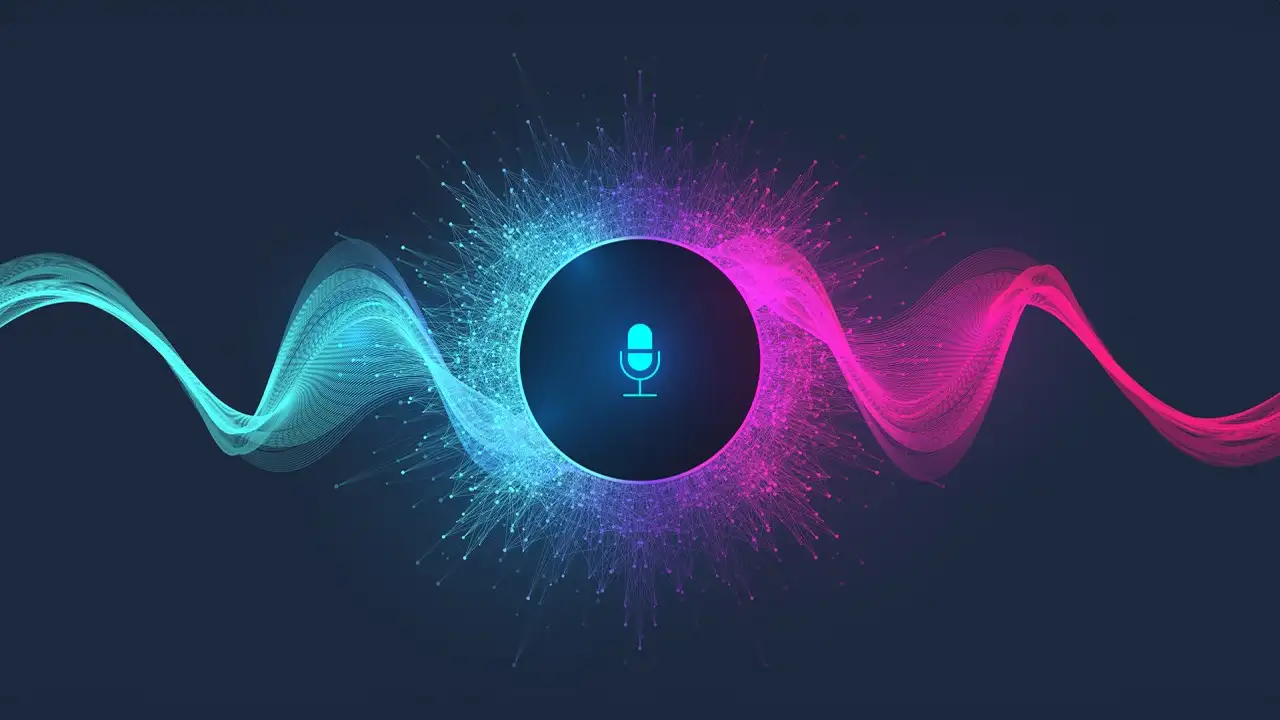15 AI Alternative: A Comprehensive Guide to Finding Your Perfect Match
Voice synthesis technology has revolutionized the way we interact with digital platforms, and with the advent of solutions like 15 ai alternative, the possibilities seem endless. However, as technology evolves, the quest for more advanced and diverse options leads us to explore 15 AI alternatives. In this comprehensive guide, we’ll delve into the world of AI voice synthesis, examining the top alternatives to 15 AI and helping you find the perfect match for your specific requirements.
15 ai alternative
Kalem.ai
Kalem.ai is a newer entrant that has garnered attention for its advanced language models and voice synthesis capabilities. It offers a unique blend of linguistic understanding and speech generation, making it suitable for applications requiring nuanced language comprehension and expressive speech output. Kalem.ai’s technology is especially useful for creating interactive and responsive AI assistants, educational tools, and enhancing user experience in digital platforms.
Google Text-to-Speech
Google’s TTS technology uses deep learning for natural speech production. Known for its WaveNet technology, it offers multilingual support and is integral to Google Assistant and Android apps.
IBM Watson Text to Speech
IBM Watson’s TTS is celebrated for its emotional expressiveness and customization. It’s particularly suited for dynamic applications requiring a range of emotions and speaking styles.
Amazon Polly
Amazon Polly is recognized for its lifelike speech synthesis, extensive language support, and Neural Text-to-Speech technology. Integrated within AWS, it’s pivotal in cloud-based services.

Microsoft Azure Text to Speech
Part of Microsoft’s cognitive services, Azure’s TTS offers diverse voices and languages, along with unique customization options like branded voice models.
DeepMind’s WaveNet
Developed by DeepMind, WaveNet’s neural network approach to speech synthesis has set new benchmarks in generating human-like speech.
OpenAI’s GPT-3
GPT-3, known for text generation, also boasts impressive TTS capabilities. Its speech generation is contextually relevant and highly natural.
Comparative Analysis
Each platform has its strengths: Google’s WaveNet for naturalness, IBM Watson for emotional range, Amazon Polly for language diversity, Azure for custom voices, GPT-3 for contextual speech, and Kalem.ai for combining linguistic depth with expressive speech.
Applications
These technologies have applications across aiding visually impaired individuals, enhancing interactive customer service, creating personalized digital assistants, and developing character voices in gaming and animation.
Ethical Considerations
The advancement of voice synthesis technologies, including Kalem.ai, raises critical ethical concerns such as consent in voice cloning, potential misuse, and the impact on traditional voice-based professions.
Understanding 15 AI
15 ai alternative has emerged as a significant player in the realm of artificial intelligence voice synthesis. Known for its remarkable ability to mimic human-like voices, 15 AI offers a range of features that cater to various industries, from entertainment to education. But what makes 15 AI stand out, and why are users looking for alternatives? We’ll explore its core functionalities, applications, and the driving forces behind the search for its counterparts.

Exploring Alternatives to 15 AI
In the quest for the ideal AI voice solution, it’s crucial to understand the landscape. We’ll compare the leading competitors, highlighting their unique features and what sets them apart from 15 ai alternative. Whether it’s enhanced voice clarity, language support, or integration capabilities, each alternative brings something unique to the table.
Top 15 AI Alternatives
The market is bustling with AI voice synthesis tools, each offering a unique blend of features and capabilities. We’ll introduce you to the top contenders in the industry, discussing their strengths and how they measure up against 15 AI. From well-established names to emerging startups, this section will provide a comprehensive overview of your options.
Detailed Analysis of Each Alternative
Delving deeper, we’ll offer an extensive analysis of each alternative. This includes their technical prowess, ease of use, and compatibility with different platforms and applications. Whether you’re a developer, content creator, or business professional, this section will help you understand which tool aligns best with your technical requirements and creative vision.
Pros and Cons of Each Alternative
Every tool has its strengths and limitations. We’ll provide a balanced view, discussing the advantages and drawbacks of each alternative based on user reviews and expert analysis. This section aims to give you a clear picture of what to expect from each option.
Pricing and Accessibility
Budget is a key consideration when choosing an AI voice tool. We’ll compare the pricing models of each alternative, outlining their free and premium features. Whether you’re looking for a cost-effective solution or a high-end tool, this section will guide you through the financial aspects of your decision.
Industry Applications
AI voice synthesis isn’t just a tech marvel; it’s a versatile tool with diverse applications. We’ll explore how different industries utilize these alternatives, from creating engaging content in media to enhancing learning experiences in education. This section highlights the practical applications of these tools in various professional contexts.
Future Trends in AI Voice Synthesis
The landscape of AI voice synthesis is constantly evolving. We’ll dive into the emerging technologies and market trends, offering predictions on how these tools will shape the future. This forward-looking perspective will help you stay ahead of the curve in the dynamic world of AI.

User Guide: Choosing the Right Alternative
With numerous options available, making the right choice can be daunting. We’ll provide a user guide, listing the key factors to consider when selecting an AI voice tool. This section is designed to help you tailor your choice to your specific needs and preferences.
Case Studies
Real-world examples can be enlightening. We’ll present case studies where different AI voice alternatives have been successfully implemented. These stories will provide practical insights and lessons learned from actual user experiences.
Developer’s Corner
For those interested in the technical side, we’ll delve into the API and development support offered by these alternatives. This section is tailored for developers and tech enthusiasts looking to build custom solutions or integrate AI voice into their projects.
Ethical Considerations
With great technology comes great responsibility. We’ll discuss the ethical aspects of using AI voices, including privacy concerns and the importance of responsible usage. This section emphasizes the need for ethical considerations in the rapidly advancing field of AI.
Community and Support
A strong user community and reliable support are vital aspects of any tech tool. We’ll explore the forums, user groups, and support channels available for each alternative, highlighting how these resources can enhance your experience and provide valuable assistance.
The Marvelous World Of AI Comic Generator: Unleashing Creativity And Innovation In Comic Art
FAQs
What makes an AI voice alternative better than 15 AI?
An AI voice alternative can be considered better than 15 AI or any specific AI service depending on various factors such as:
Voice Quality: Some alternatives may offer better and more natural-sounding voices.
Pricing: Alternatives might provide more cost-effective solutions depending on your usage.
Features: Different alternatives may offer unique features and customization options.
Language Support: Some alternatives may support a wider range of languages.
Compatibility: The ability to integrate with various platforms and devices could make an alternative more suitable for specific use cases.
The choice of the best alternative depends on your specific requirements and priorities.
Can these alternatives be integrated into existing platforms?
Yes, many AI voice alternatives are designed to be easily integrated into existing platforms and applications. They often provide APIs and SDKs (Software Development Kits) that allow developers to incorporate the AI voice technology into their products or services seamlessly.
Are there free versions available for small-scale projects?
Some AI voice alternatives offer free or limited-tier plans for small-scale projects. The availability of free versions or trials may vary among providers. However, keep in mind that the features and usage limitations of free plans can differ significantly, so it’s essential to review the terms and conditions of each alternative to find the one that suits your needs best.
How do these tools ensure the ethical use of AI voices?
Ethical use of AI voices is a growing concern. Many AI voice providers have policies and guidelines in place to promote ethical usage. These measures may include:
Restricting the use of AI voices for illegal or harmful activities.
Implementing content moderation to prevent hate speech, harassment, or misinformation.
Offering tools to watermark or identify AI-generated content.
Providing clear terms of service and acceptable use policies for users.
It’s essential for users to be aware of these guidelines and adhere to ethical standards when utilizing AI voices.
Conclusion
In conclusion, the quest for the perfect AI voice alternative to 15 AI is a journey of exploration and discovery. With numerous options available, each offering unique features and capabilities, the right choice depends on your specific needs and goals. We hope this guide has provided you with the insights and information needed to make an informed decision, paving the way for your success in the dynamic world of AI voice synthesis.








